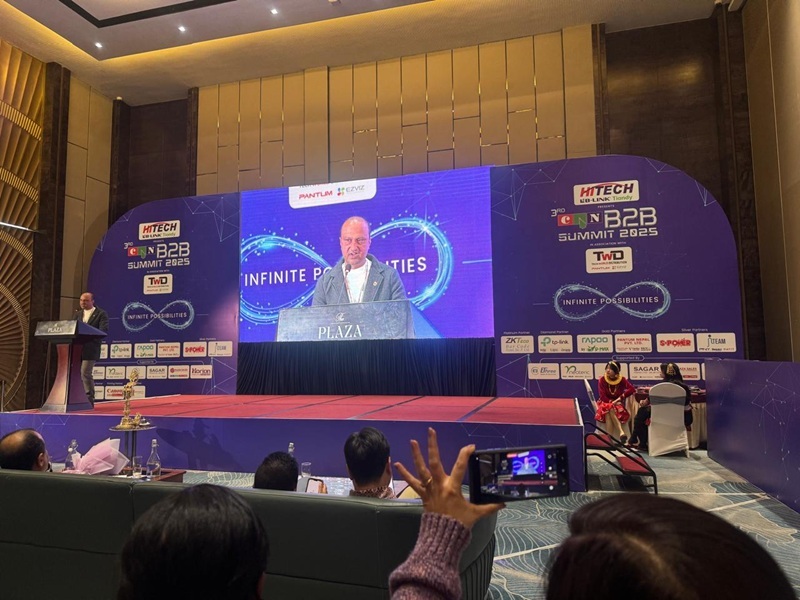Pathibhara Temple Cable Car Project: Construction, Controversy, and Tourism Impact in Taplejung
8th February 2025, Kathmandu
The Pathibhara Cable Car project, aimed at improving access to the famous Pathibhara Temple in Taplejung, has sparked controversy. The temple, located in a remote Himalayan region, attracts numerous pilgrims and tourists.
Pathibhara Temple Cable Car Project
Some locals are concerned that the cable car will undermine the temple’s historical significance and cultural identity. However, this project has been under consideration for decades, with formal approval coming in 2075 (2018).
Government Approval and IME Group’s Involvement
In 2075, the Nepal government officially granted permission for the cable car construction. IME Group entered the project in 2079 (2023) and now holds a significant stake. With legal and governmental permits in hand, the project gained momentum. Necessary land and compensation issues were resolved, and construction began earlier this month.
Project Design and Local Benefits
The cable car system will span 2.75 kilometers, connecting the town of Kaflepati to Pathibhara Temple. It will have 36-passenger gondolas and two cargo gondolas. Travel time from the lower to the upper station will take about 10 minutes. The gondolas will be supplied by a world-renowned company. Basic facilities such as water, toilets, and oxygen will be available at the upper station for pilgrims.
The cable car aims to make the journey easier for elderly, disabled, and young visitors. Those who prefer walking can still use the existing path. It is expected to significantly increase the number of visitors, both domestic and international.
Economic Impact and Employment Opportunities
The estimated cost of the cable car project is NPR 3 billion. Upon completion, around 300 jobs will be created, with 80% reserved for locals. In addition, local people will have the opportunity to invest in the project. Increased tourist traffic will boost local businesses, particularly in hospitality, transportation, and retail. It will also contribute to the government’s tax revenue.
Environmental Sustainability
The Pathibhara Cable Car will be an eco-friendly transport system. It will not cause any pollution, aligning with sustainable development principles. For every tree cut during construction, 25 new trees will be planted. These trees will be nurtured and maintained for five years before being handed over to the government.
Opposition and Controversy
Despite the project’s potential benefits, opposition has emerged, especially from some individuals outside Taplejung. Critics argue that the cable car may disrupt the temple’s spiritual and cultural environment. However, the IME Group has worked closely with local leaders and stakeholders, addressing concerns through consultations. The company believes the cable car will significantly improve accessibility and benefit the local economy.
Moving Forward
The Pathibhara Cable Car is a crucial development for Nepal’s tourism industry. It will not only ease pilgrim access but also stimulate local economic growth. IME Group remains committed to completing the project, overcoming opposition, and ensuring long-term benefits for the community. The cable car is expected to be an important step toward modernizing Nepal’s tourism infrastructure and enhancing its global appeal.








